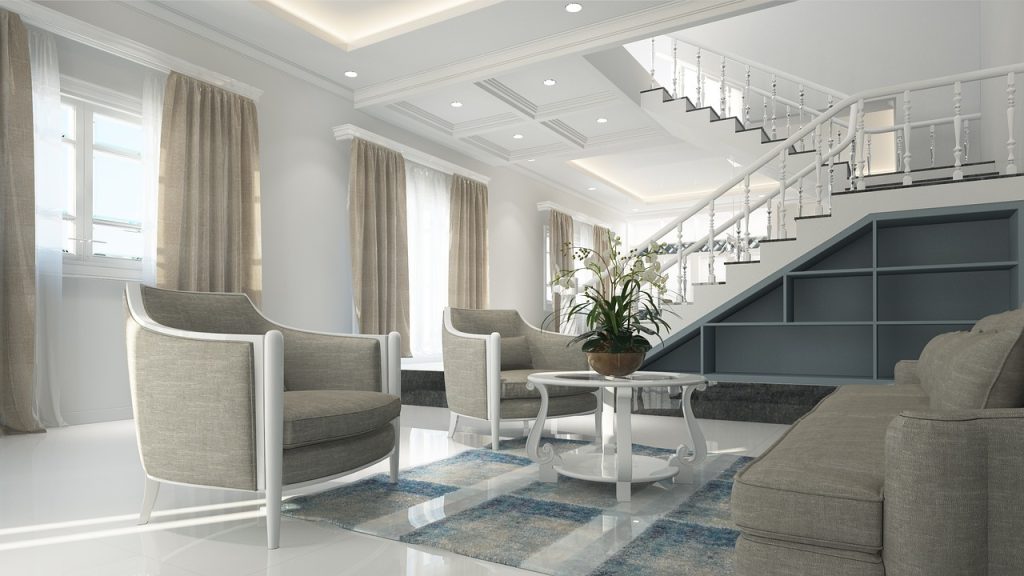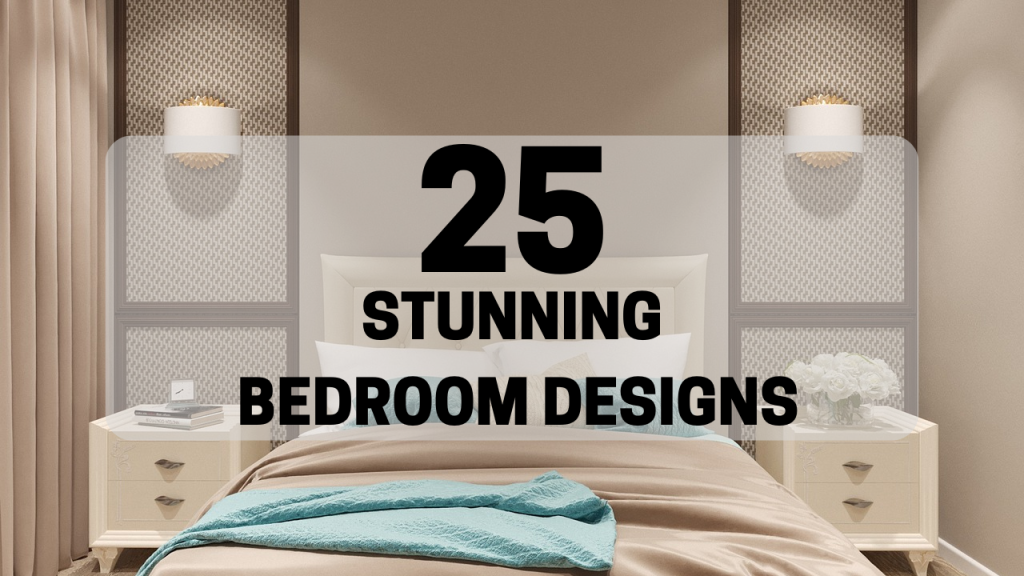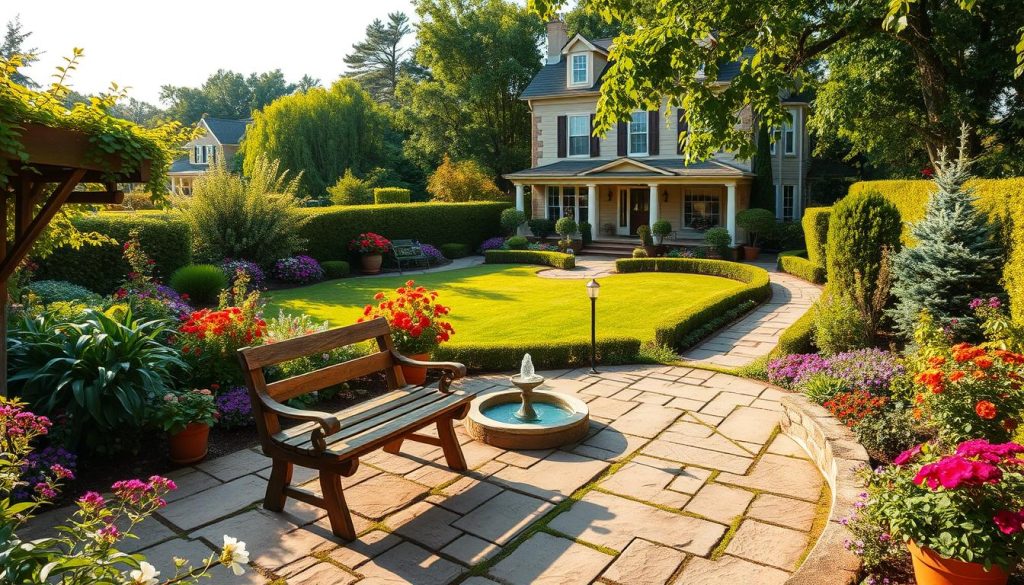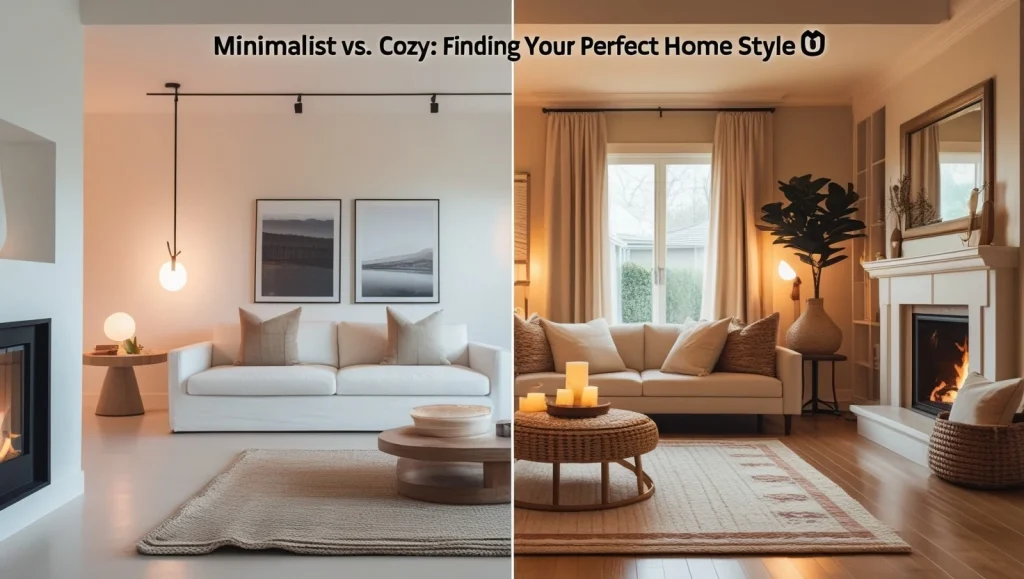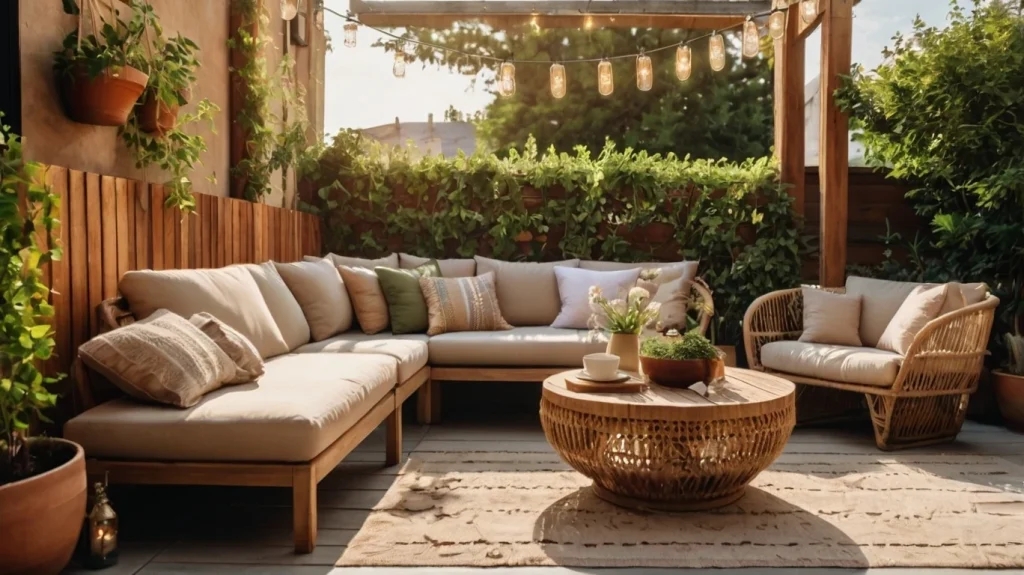Table of Contents
- Introduction
- Defining Contemporary Living
- The Evolution of Modern Homes
- Benefits of Modern Homes
- Stunning Modern Homes Around the World
- Home 1: The Glass House
- Home 2: Villa Savoye
- Home 3: The Farnsworth House
- Home 4: Fallingwater
- Home 5: Eames House
- Home 6: The Desert House
- Home 7: Casa Mila
- Home 8: The Cube House
- Home 9: The Edge House
- Home 10: The Solar House
- How Modern Homes Inspire Lifestyle
- The Role of Technology in Modern Homes
- Tips to Redefine Your Home
- Conclusion
- FAQs About Modern Homes
Introduction
Modern homes are transforming the way we live, blending functionality with breathtaking designs. These homes not only redefine aesthetics but also incorporate sustainable and futuristic solutions for everyday living. In this article, we explore 10 architectural masterpieces that are shaping the future of contemporary living.
Defining Contemporary Living
Modern homes embody open spaces, clean lines, and innovative designs. Contemporary living focuses on the integration of technology, eco-conscious materials, and multifunctional layouts. Unlike traditional homes, these designs prioritize simplicity, natural light, and seamless transitions between indoor and outdoor spaces.
The Evolution of Modern Homes
The journey of modern architecture has been influenced by the Bauhaus movement, mid-century modern aesthetics, and contemporary advancements in materials and technology. Architects now combine art and engineering to create homes that cater to sustainability, luxury, and efficiency.
Benefits of Modern Homes
Modern homes bring several advantages:
- Energy Efficiency: Incorporating solar panels, natural ventilation, and smart appliances.
- Aesthetic Appeal: Sleek designs and innovative materials.
- Functionality: Flexible layouts catering to evolving lifestyles.
- Sustainability: Use of eco-friendly materials like bamboo, reclaimed wood, and low-VOC paints.
Stunning Modern Homes Around the World
Now, let’s explore 10 homes that set a benchmark for modern living.
Located in New Canaan, Connecticut, this home by Philip Johnson is a masterpiece of transparency and minimalism. The structure uses glass walls to eliminate barriers, seamlessly integrating the indoors with the surrounding landscape.
Designed by Le Corbusier in France, this home epitomizes modernist principles. Elevated on stilts, the villa incorporates open floor plans, roof gardens, and horizontal windows.
Designed by Ludwig Mies van der Rohe, this minimalist home is a striking combination of steel and glass. Its open layout and connection with nature make it an iconic example of modern architecture.
Designed by Frank Lloyd Wright, Fallingwater is famous for its harmony with nature. Located in Pennsylvania, this home extends over a waterfall, blending architecture and environment effortlessly.
The Eames House, also known as Case Study House No. 8, is located in Los Angeles. This prefab design by Charles and Ray Eames balances function and artistic expression.
Built in California’s Coachella Valley, this home by Jim Jennings adapts to its harsh desert climate. Its use of concrete and reflective surfaces ensures thermal comfort while maintaining modern aesthetics.
Located in Barcelona, Casa Mila (or La Pedrera) by Antoni Gaudí features organic shapes and a facade that appears to ripple. It’s a bold example of blending art with utility.
Situated in Rotterdam, the Cube House by Piet Blom defies conventional architectural norms. Its tilted, cubic structure is both functional and artistic, demonstrating how modern homes can redefine urban living.
Nestled in the Polish mountains, this ultra-modern home merges luxury with innovative design. Its slanted roofs and expansive glass panels provide panoramic views.
Located in Australia, the Solar House is a beacon of sustainable living. It uses renewable energy, passive cooling, and rainwater harvesting, proving that luxury and eco-friendliness can coexist.
How Modern Homes Inspire Lifestyle
Modern homes encourage creativity and comfort. Open layouts make homes more social, while innovative designs inspire minimalism and mindfulness in daily living.
The Role of Technology in Modern Homes
From smart thermostats to AI-powered security systems, technology has become a cornerstone of modern living. Automation improves convenience, safety, and energy management.
Tips to Redefine Your Home
You don’t need to build a new house to embrace modern living:
- Use natural light and open spaces.
- Opt for sustainable materials.
- Invest in smart appliances.
- Embrace minimalist decor.
Conclusion
Modern homes are more than just shelters—they’re a statement of design, sustainability, and innovation. The 10 stunning homes showcased here redefine contemporary living by merging beauty with functionality. As technology and environmental consciousness evolve, modern homes will continue to inspire and shape the future of how we live.
FAQs
1. What defines a modern home?
A modern home prioritizes simplicity, functionality, and the integration of eco-friendly and technological elements.
2. Are modern homes sustainable?
Yes, most modern homes use energy-efficient materials, solar panels, and designs that minimize environmental impact.
3. How can I make my home look modern?
Incorporate open spaces, clean lines, neutral colors, and smart technologies.
4. What is the difference between modern and contemporary homes?
Modern homes refer to a specific architectural style, while contemporary homes reflect current design trends.
5. Are modern homes expensive to build?
The cost varies based on materials and technology, but modern designs can reduce long-term costs through energy efficiency.
6. Can modern homes blend with nature?
Yes, many modern designs focus on natural elements like large windows, organic materials, and outdoor spaces.

